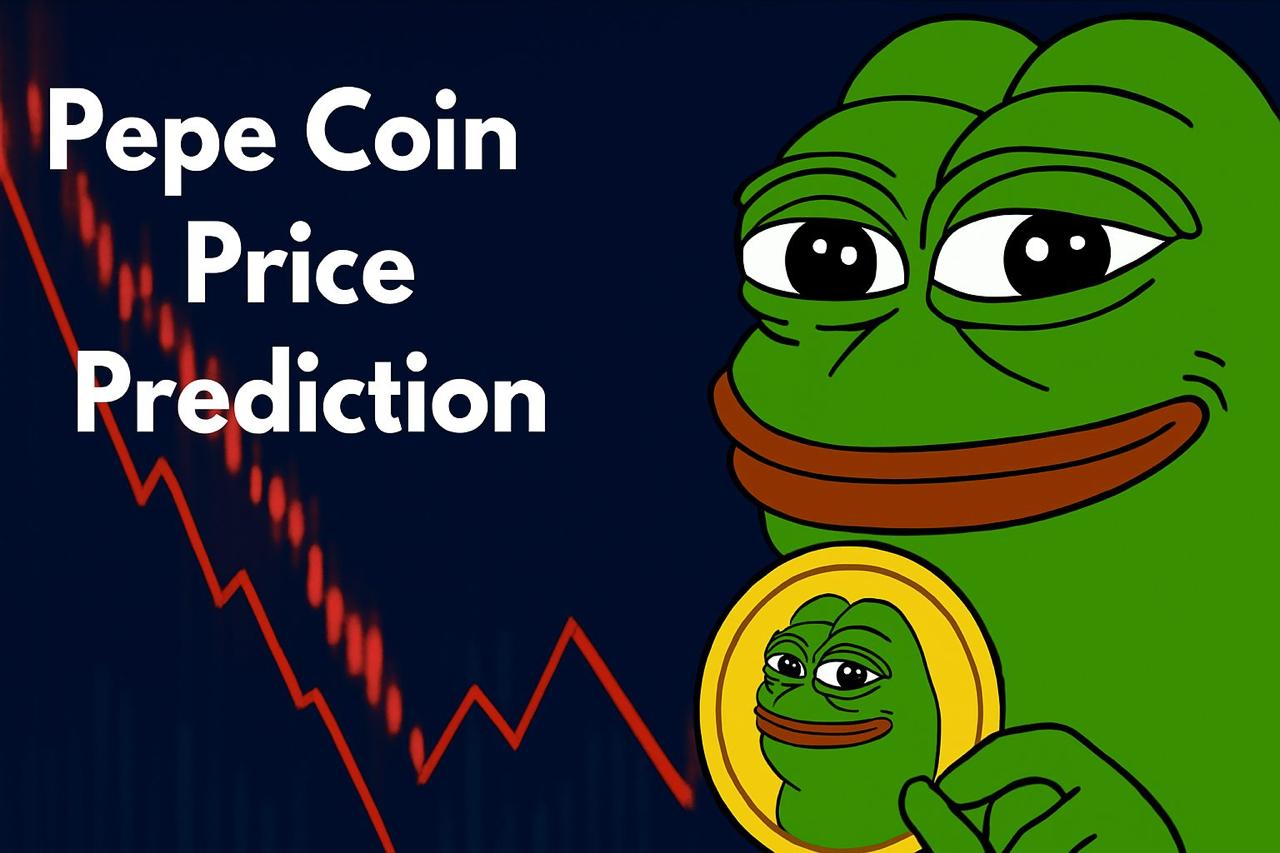The XRP market has entered a new chapter this month as exchange-traded fund products make their debut. The Rex-Osprey XRP ETF, trading under ticker XRPR, became the first spot vehicle tied directly to the token. Its approval was followed by a wave of additional filings from asset managers seeking to capitalize on demand for regulated XRP exposure.
This development marks a turning point for XRP. After years of regulatory battles, the arrival of spot ETFs signals broader acceptance of the asset within mainstream finance. Yet even as institutions gain access through these funds, retail investors are exploring alternative ways to capture upside. One project now attracting attention is XRP Tundra, whose presale offers a defined path to higher returns through a dual-token structure and fixed launch targets.
ETFs Expand Institutional Access
The launch of XRPR provides traditional investors with a regulated gateway into XRP. Additional filings from major financial firms suggest competition in this new segment will intensify. Analysts note that, much like Bitcoin and Ethereum ETFs before it, an XRP ETF could bring greater liquidity and reinforce the token’s status as a core digital asset.
Still, the growth outlook for XRP remains steady rather than explosive. Banks such as Standard Chartered forecast a climb to $5–6 by 2025 and up to $12.50 by 2028. That trajectory offers healthy returns but pales against the multipliers associated with early-stage presale tokens.
Dual Tokens, Single Presale
This is where XRP Tundra enters the conversation. Its presale offers two tokens: TUNDRA-S on Solana, responsible for yield and utility, and TUNDRA-X on the XRP Ledger, anchoring governance and reserves. Every presale purchase of TUNDRA-S includes free TUNDRA-X at a reference value.
In Phase 3, TUNDRA-S is priced at $0.041. Buyers receive a 17% token bonus plus free TUNDRA-X at $0.0205 reference. Launch values are fixed at $2.50 for TUNDRA-S and $1.25 for TUNDRA-X. With 40% of TUNDRA-S supply reserved for presale, early buyers are central to the project’s initial economy.
Cryo Vaults Unlock XRP Staking
XRP Tundra also addresses one of XRP’s most frequent criticisms: the lack of native staking. Its Cryo Vaults will allow XRP holders to lock tokens for 7, 30, 60, or 90 days and earn yields up to 30% APY.
To add flexibility, the system includes Frost Keys, NFTs that modify staking terms by shortening lockups or boosting multipliers. Though staking is not yet live, presale buyers will secure priority access, positioning them ahead of secondary market entrants once the feature launches.
Verified and Audited
Unlike many presales, XRP Tundra has undergone external checks. Independent audits are published by Cyberscope, Solidproof, and Freshcoins. The founding team also completed KYC verification through Vital Block.
Such measures do not remove risk but highlight transparency uncommon among presales. That contrast resonates at a time when institutional investors are entering XRP via ETFs while retail investors weigh structured presale opportunities.
Community commentary has followed the ETF launch closely. A review by Crypto League highlighted how XRP Tundra’s declared launch values contrast with ETF-driven steady growth, underscoring why some retail investors prefer presales to regulated products.
XRP Tundra Presale Moves XRP Adoption Forward
The approval of XRP ETFs affirms the token’s status in traditional finance, offering institutions steady exposure to a regulated asset. At the same time, XRP Tundra illustrates how retail-focused projects can pursue outsized growth. With Phase 3 pricing at $0.041, fixed launch values at $2.50 and $1.25, dual tokens, and staking rights, the presale offers an opportunity that differs sharply from ETF participation.
For investors, the choice reflects two paths: steady institutional adoption via ETFs, or early-stage participation in a presale with a 25× growth target. Together, they underline how XRP’s ecosystem is expanding across both regulated markets and frontier projects.
Further details, audits, and community channels are available here:
Website: https://www.xrptundra.com/
Medium: https://medium.com/@xrptundra
Telegram: https://t.me/xrptundra
X: https://x.com/Xrptundra
Contact: Tim Fénix, [email protected]
Source: https://finbold.com/xrp-cryptocurrency-news-tundra-presale-offers-dual-tokens-at-0-041-with-2-50-launch-target/



